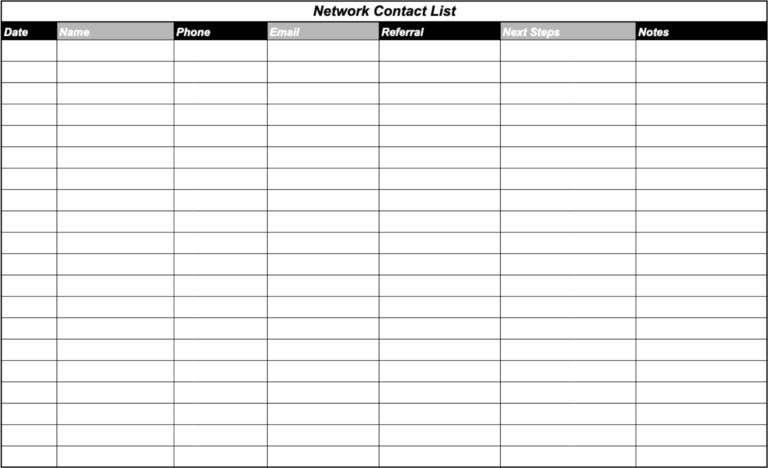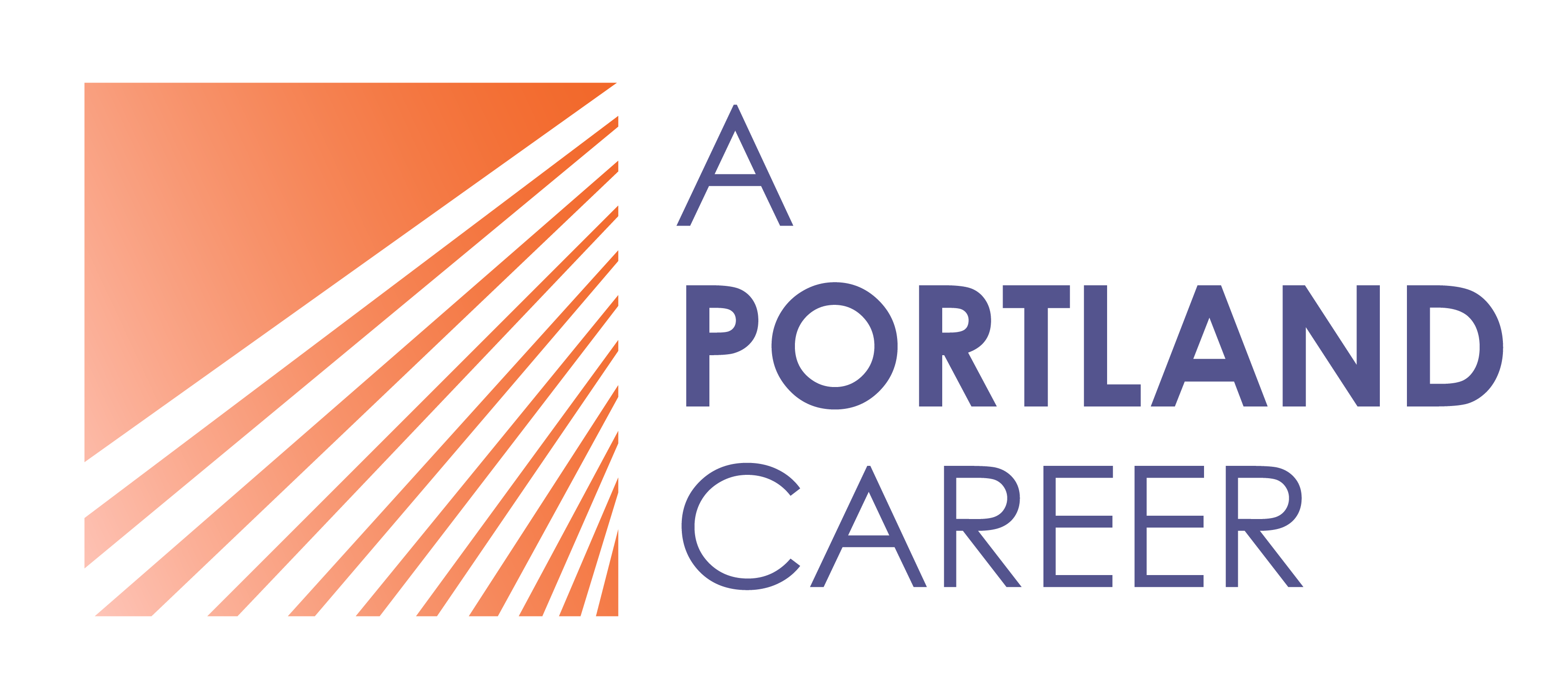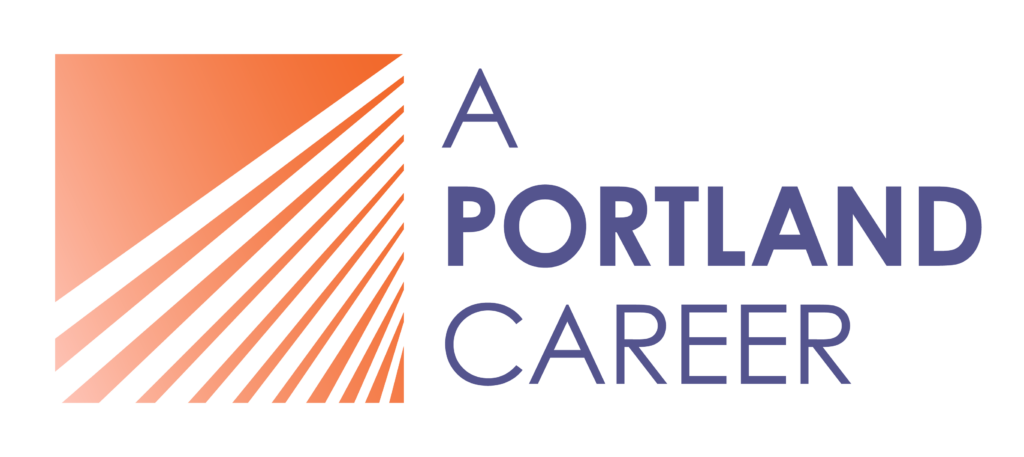Reframe your relationship with networking and get expert-backed tips on how to do it right in the greater Portland area.
Find the networking style that works for your personality. Read more to learn how to use LinkedIn, create an elevator pitch, and organize your networking contacts.
Find the Networking Style and Tools that Work for You
By A Portland Career, and edited by Suzie Sherman and JD Duran
Time for a career change? We can help you with that

“Should networking be part of my job search?” is not the right question. The useful question is, “How much and what type of networking is a match for my personality, my schedule, and my willingness to utilize LinkedIn and other social media?” In this article, we help you answer those questions and build your professional network.
Networking is a vital part of a successful job search strategy. It also plays a key role in professional development, collaboration, and growing a successful business. Everyone needs to pull networking skills out of their quiver at some point! Experts say that 50 to 80 percent of all positions are obtained by networking! Knowing someone (who knows someone) will make a difference in getting your cover letter read, your resume considered, and landing an interview.
Networking is a part of most of our clients’ success stories. We’ve found that the role of networking is quite diverse. Contacts help our clients by:
- Forwarding job announcements that otherwise would have been missed.
- Putting in a good word to the hiring manager or search committee.
- Providing inside information about what to emphasize on the resume and in the interview.
- Making introductions to key decision-makers to learn about the problems they need solved, and about upcoming openings.
- Creating a new position based on valuable contributions made during volunteering. That’s right: networking can sometimes lead to a new job created with just you in mind!
If the word “networking” makes you recoil, because it seems scary, or fake, or just not your cup of tea, this article will help you break through your resistance and put networking squarely on your map, so you can begin to chart your career path and build your professional contact list. Remember that networking is, at heart, about building new relationships. It can actually be a nurturing process, if you let it.
Home → Helpful Articles → Networking → Find the Networking Style and Tools that Work for You
Here are some related articles that should be helpful:
- Expert Tips for Networking In Portland, Oregon (even if you don’t like networking)
- How to Network on LinkedIn Like a Pro
- How to Craft an Elevator Pitch: The Secret to Successful Networking
- 23 Informational Interview Questions and a Networking Process that Works
- How to Get Great References for Your Next Job Search
If you’re feeling stuck, or need to get over your networking dread, schedule a consult with us!

Break through with LinkedIn
There’s no other way to say it: you need to get on LinkedIn. You may be thinking, “Ugh, do I have to?” If you’re feeling resistant, read our article How to Create a LinkedIn Profile Recruiters Will Love. In it, we make a case for this powerful social media tool, and address any reservations you might have to using LinkedIn as part of your strategy.
Simply put, LinkedIn is one of the best ways to kick up your professional networking opportunities: an expanded web of potential mentors, recruiters, employers, creatives, co-workers, alumni networks, and friendly collegial connections are waiting there to offer help, dispense some career advice, and introduce you to the people they know!
If you’re already on LinkedIn, but you suspect you’re not getting as much out of it as you could, be sure you’re using the site to its full capacity and take your engagement with the platform up a notch.
Honorable mention – Facebook: If you’re already on Facebook, you should definitely make use of it for professional networking, too. Post a question like: “What kinds of jobs do you think I’d be good at?” if you’re in the brainstorming phase of your job search. If you’re looking for new contacts in your field, just ask directly, “Hey everyone! I’m looking for a new junior architect role. Who do you know in the field that I can connect with? Shout ‘em out!” You might be pleasantly surprised at how ready your friends and family are to jump in and help! Just make sure to select Audience > Friends Except > [[your current boss]] when you’re ready to post!

Networking to match your personality
Matching your networking style to your personality diffuses any notions that you have to attend a bunch of networking events that you don’t want to, or force yourself to schmooze with a ton of people. That is only a fit for extroverts who are genuinely stimulated by dynamic crowds and lots of social interaction. If you are an introvert, the best networking may just be having an email exchange, sharing articles or job postings on social media, or doing a few Zoom meetings with people you already know, who will be glad to help you.
Traditional models of networking were based on a hierarchical system in which job seekers aimed to meet people higher up the organizational ladder. While meeting leaders is still important, we prefer a more community-minded approach. The purpose of networking is to build relationships with people with whom you share a core passion, in order to exchange ideas and leads; that goal can be accomplished in the way it fits for you. Here are some networking tips from introverts and extroverts. You can customize these strategies to match your personality.
Networking for introverts
Websites and magazines abound with articles titled “Five Easy Steps to Networking” or “Schmooze or Lose.” Too many of these pieces are written by extroverts who assume that introverts can (and want to) mimic their style. The word “schmooze” connotes getting to know someone expressly to advance your agenda—which is incongruent with the value that many introverts place on deep, authentic relationships.
The following techniques were used by introverts who applied only what was consistent with their own natural tendencies: to engage in substantive conversations with people who share their professional interests. These interactions can be in person over coffee or tea, or online through Zoom, LinkedIn or other social media. As you review these examples, think about which ones might feel comfortable for you to try.
- Ronaldo, a UX designer, considered himself an extreme introvert. He spent most of his free time gaming and watching games on Twitch (Apex Legends, if you’re curious!) When he decided to look for a new job, he conducted a strictly online networking strategy: he messaged his gamer friends on Twitch and posted in his Discord communities, and found himself in dozens of side chats about potential job opportunities.
- Vicki needed a part-time job with benefits to complement her new private practice as a career counselor. She has a strong preference to spend free time at home or with just a few close friends, so she kept avoiding what she thought was required for effective networking—going out to varied activities to meet many new people (shudder!) Finally, she decided to honor her own style, and invite a few of her close colleagues to lunch to form an ad hoc “committee.” In advance, she reminded them of her top skills, and asked them to think of names of organizations and specific people to contact. This brainstorming session generated about 15 new contact leads, including the name of a dean at Portland Community College who hired her as a career specialist!
- Marcy moved to Portland because of her partner’s job, and didn’t have a local network of friends or colleagues. The motivating force behind her successful networking was her passion to fight for clean water. She used positive self-talk and a support circle of friends to motivate her to attend Green Drinks, a monthly social event for other environmentally-minded folks. She promised her friends she would talk to at least two people she didn’t know at the event. When she got there, she took a deep breath and said to herself, “If I’m only going to meet one or two people, I might as well meet someone who is well-connected here.” She introduced herself to Will, who co-facilitated the event (and had 1,000 contacts on LinkedIn). Once Marcy was engaged in a conversation with the ever-friendly Will, she relaxed, because she had found the meaningful one-on-one conversation that was safe and comfortable for her as an introvert. She enjoyed reporting back to her friends that she had followed through on her goal!
- Aneel didn’t care for big social events, but he enjoyed talking one-on-one with other experts in his field, cybersecurity. He decided to expand the marketing plan for his startup by producing a podcast that would feature these conversations. He was already a member of several cybersecurity industry groups on Facebook and Reddit, so he asked around in his groups to find guests for the podcast. This created buzz about the podcast and about his company, deepened valuable connections with colleagues, and strengthened his business network!
Networking for extroverts
One of the defining characteristics of an extrovert is that they enjoy meeting new people, and get energy from social interactions. This makes face-to-face networking easier for them, and often ensures their online social networks, and Rolodexes (IRL contact lists) are robust. Here are some of the ways extroverts mine the networking process:
- Sam was a lawyer who worked in the public sector. He found a job posting for an Executive Director position with the Oregon Community Foundation. The challenge was to get past the initial screening, since he did not meet one of the major requirements: five years’ experience in a leadership role at a nonprofit. Sam had a well-developed LinkedIn network, so he looked up the name of the hiring manager, as well as several board members, who were likely to be part of the hiring process. He found that one of his past co-workers, a great fan of his work, was a 1st degree connection with the hiring manager, and one of his clients knew another manager. He messaged them both saying, “I see you are connected to X. I am very enthusiastic about the Executive Director position at OCF, even though I do not technically meet one of the requirements. Can you put in a good word for me?” Both his connections responded right away with an offer to call or message their contacts and rave about what Sam could bring to the organization. He won the interview!
- Jessica is naturally very social, and stays in touch with an enormous network of friends and former colleagues through Facebook, Instagram, and LinkedIn. She eagerly goes out of her way to help others in her networking circles and seldom loses contact with old boyfriends, bosses, neighbors, and college friends. People in her Gen-X and Millennial social groups know they are always on call for one another, and social media is the central connecting hub. Jessica wanted to use her writing and creative skills to work for an organization devoted to women’s issues. She targeted a few ideal organizations, and emailed her network to see who everyone knew. A friend of a friend, whom she had met at a party, worked for one of Oprah Winfrey’s projects, Thrive, which centered on women’s health. Jessica’s contact put in a good word for her, which led to her getting an interview and landing a job as a producer.

Your networking tools
We’ve addressed the concept of networking: a necessary strategy to make new connections, whether you are in immediate need for a job, or you’re looking to expand your professional relationships, grow your business, or collaborate on a project. But what are the nuts and bolts of networking? The technology has evolved, but the basic tools are the same: the good old business card (paper or digital), the elevator pitch or basic message, and your network contact list.
To business card, or not to business card?
If you’re environmentally-aware, or you do most of your work online, do you really need a business card these days? We’ve already discussed the networking potential of in-person events and coffee meetings, so a tangible business card remains a great way to make a lasting first impression. A modern business card can also be a perfect delivery system for a QR code linked to your website. Or, skip the paper product, and create a personal landing page, digital business card, or link-in-bio with all your info. A link-in-bio is a one-click stop that makes your contact information, online projects and social links instantly viewable, saveable, shareable, and trackable.
Whether you go paper or digital, make sure your new contact has your name, your phone number, your email address, and, if applicable, your website, social media, and business name and brand logo, especially if you’re an entrepreneur or small business owner.
The elevator pitch
A time-honored tool of professional networking is the elevator pitch. To get your foot in the door, especially with new connections you’re making along the way, you want to quickly convey what you have to offer, and what you’re looking for in your job search. That’s all an elevator pitch is. If you prefer, you can call it your basic message. It’s a quick and powerful starting point to these networking conversations. Read more about how to craft a successful elevator pitch in our article dedicated to this crucial networking strategy.
Your network contact list
From the start of your professional networking journey, we strongly recommend keeping one running Network Contact List. Logging your contacts all in one place makes it easier, and more likely, that you will refer back to it and follow up with your leads.
Create your list by starting with people you already know. Write down or enter the names of past colleagues, long-time friends, and family members who could connect you to other people. Comb through your LinkedIn and other social media platforms for more names. Err on the side of inclusiveness. Then, start calling, emailing, and messaging them to ask for Zoom or coffee meet ups to chat about your field, job prospects, or projects you can collaborate on. Finally, remember to ask these first contacts about other people they know in your target field and organizations, and start expanding your list!
Enjoy yourself! If you’re hesitant to contact people you don’t know very well or have not seen for a while, begin with people you like and with whom you feel comfortable. Even if they don’t have a lead for you, you will enjoy the conversation!
Information to track in your Network Contact List
- Date: The date you make a new entry on your list, or the date you were referred to this person
- Name: The person’s full name
- Phone: Real-time phone calls are still an effective way to have an authentic conversation and gain trust with a new contact.
- Email: Still the most appropriate place to exchange job posting and other professional information.
- Referral: Who referred this person to you, or what company or group did you find them through? This context is important for starting the conversation and continuing your connection with this person.
- Next Steps: Document how you will contact them, or your attempts to contact them, with dates for follow up.
- Notes: Anything else that you want to remember about your interaction with this person. Their partner’s name, how long they’ve known your mutual friend, their job title, etc.
We’ve provided a sample Network Contact List for you to save and print, below. You can view the Network Contact List Google sheet here, as well. Then, cut and paste it into your own sheet to customize it!

If you prefer using your phone, tablet, notes app, etc, of course you can capture this information on your device in the way it makes the most sense to you!
Final thoughts on finding your networking style and the tools that work for you
Getting started with networking can be difficult for the shy or outgoing among us. The important things to remember: networking is effective in landing jobs and building your professional relationships; you can do it in a way that matches your style and your goals; there are concrete tools to use for successful networking. Get out there (or stay in) and get networking!
Key takeaways
- “Networking” is a word that very few people embrace. Make it your own by tailoring your networking style to your personality and tastes.
- LinkedIn is an essential tool for networking. Sign up, connect with people you know, and read our additional articles to level up your LinkedIn game:
- If you’re an introvert, use LinkedIn, social media, online forums, email, and coffee meet ups with just one or two people to get started making new professional connections. Set a goal of talking to one or two people at bigger events.
- If you’re more of an extrovert, tap your network directly, and attend events in your field.
- Utilize a traditional business card, a digital business card, or a personal landing page or link in bio tool to get your contact info out there.
- Develop your elevator pitch to jump start your networking process.
- Create and follow up on your network contact list.
Related articles you might be interested in:
How to Get Great References for Your Next Job Search
Prep your references ahead of time to give the professional recommendations that will get you hired. Nope—it’s not too pushy!
23 Informational Interview Questions and a Networking Process that Works
Demystify your desired job, career path, and industry with these 23 illuminating informational interview questions and a proven networking process.
How to Network on LinkedIn Like a Pro
LinkedIn isn’t just a glorified resume or a simple social platform. Wield the power of LinkedIn to meaningfully grow your professional network.





